 Special Note: The students in the 2019 cubes program had their projects accepted for flight. One project flew on a NASA rocket in June and one flew on a high altitude balloon in September. The 2020 program was cancelled due to COVID. The 2021 project did not fly because of a shipping problem with the carrier, so that project will fly in June 2022.
Special Note: The students in the 2019 cubes program had their projects accepted for flight. One project flew on a NASA rocket in June and one flew on a high altitude balloon in September. The 2020 program was cancelled due to COVID. The 2021 project did not fly because of a shipping problem with the carrier, so that project will fly in June 2022.
CUBES IN SPACE™ – Now accepting 2021-2022 applications
A specialized activity of NE SciTech’s Space Science Club, specifically for students ages 11-17, Cubes in Space™ (CIS), a program by idoodledu inc., teaches students about the atmosphere, rocketry, high-altitude balloons, general laws of physics, and space science. Students work in teams to design and propose experiments to launch into space or a near space environment on a NASA sounding rocket and zero-pressure scientific balloon. Students then submit their proposals and could have a chance to fabricate and fly their projects. Space is limited.
Students attend regular educational CIS curriculum workshops and team meetings in the fall, winter, and spring. GROUP 1 meets on specific Friday evenings 6:30-7:30 pm. GROUP 2 meets on specific Saturday afternoons 3:30-4:30 pm. Regular meetings are usually every other week from December through March. For teams with projects that have been selected to fly, there will be additional prep and build meetings in April and May. The rocket flies in June. The hi-alt balloon flies over the summer, usually in August. We will schedule additional CIS meetings in the fall for students to examine their flown projects when recovered from NASA.
This CIS program is free for student members* of New England Sci-Tech, with a small lab fee** of $45 to cover printed materials and general supplies. Having experience in physics, electronics, or amateur radio is helpful, but not required. Space is limited.
Cubes in Space™ (CIS), a program by idoodledu inc., is a global competition. Out of thousands of entries worldwide, under a hundred get picked to fly. However, our mentors, running this program for the past five years, have had a 100% success rate for CIS projects accepted each year.
Students who successfully complete the program and successfully fly a project will receive an official CIS certificate and may list their CIS success in personal resumes, school transcripts, and college applications.
ORIENTATION MEETING
Get to know you, CIS preliminary overview, and registration:
Attend either Friday November 19, 6:30 pm, or Saturday November 20, 3:30 pm.
FRIDAY WORKSHOPS
Eight Fridays, 6:30-7:30 pm:
Lesson 1 – Dec 3, Lesson 2 – Dec 17, Lesson 3 – Jan 7, Lesson 4 – Jan 21, Lesson 5 – Feb 4, Lesson 6 – Feb 11, Lesson 7 – Mar 4, Lesson 8 – Mar 18.
For those projects chosen to fly, there will be 6 additional prep and build days, some optional:
Apr 1, 8, 29, May 13, 20, Jun 3.
For anyone who will need to miss a Friday lesson, you may attend the same lesson on Saturday. Please plan ahead.
SATURDAY WORKSHOPS
Eight Saturdays, 3:30-4:30 pm:
Lesson 1 – Dec 4, Lesson 2 – Dec 18, Lesson 3 – Jan 8, Lesson 4 – Jan 22, Lesson 5 – Feb 5, Lesson 6 – Feb 12, Lesson 7 – Mar 5, Lesson 8 – Mar 19.
For those projects chosen to fly, there will be 6 additional prep and build days, some optional:
Apr 2, 9, 30, May 14, 21, Jun 4.
For anyone who will need to miss a Saturday lesson, you may attend the same lesson on the previous Friday. Please plan ahead.
[Visit
https://nescitech.org/product/cubes-in-spacetm/ for more information.]
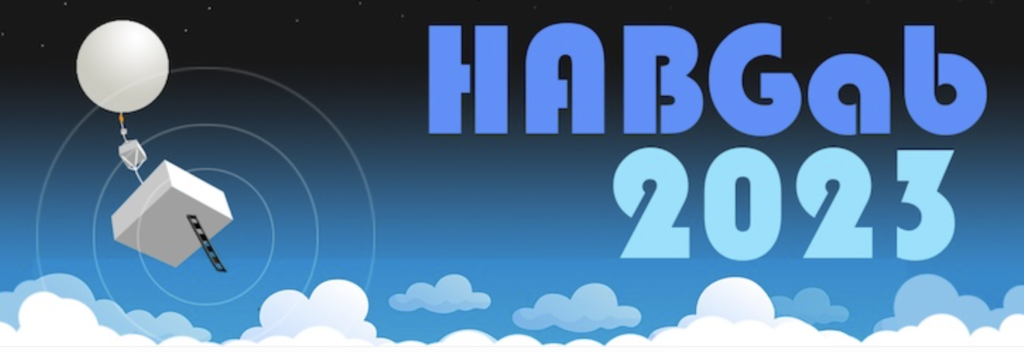
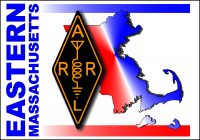


 Andy Stewart, KB1OIQ, writes:
Andy Stewart, KB1OIQ, writes: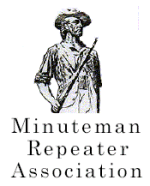 Minuteman Repeater Association membership meeting: Wednesday, 15 March 2023 ~7:30—9:30 pm: Amateur Radio Emergency Data Network (AREDN).
Minuteman Repeater Association membership meeting: Wednesday, 15 March 2023 ~7:30—9:30 pm: Amateur Radio Emergency Data Network (AREDN).  The Northeastern University Wireless Club is hosting a special meeting with the AeroNU Project Horizon project on November 3, 2022 at 7 p.m. in 503 Hayden (club space).
The Northeastern University Wireless Club is hosting a special meeting with the AeroNU Project Horizon project on November 3, 2022 at 7 p.m. in 503 Hayden (club space).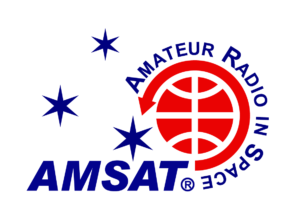 Paul Graveline, K1YUB, of Andover, MA, will present at the 40th Annual AMSAT Space Symposium in Bloomington, Minnesota, on October 21-22, 2022. Paul will present in a session on the CubeSat Simulator.
Paul Graveline, K1YUB, of Andover, MA, will present at the 40th Annual AMSAT Space Symposium in Bloomington, Minnesota, on October 21-22, 2022. Paul will present in a session on the CubeSat Simulator. Website (AROW), anyone with internet access can pinpoint where Orion is and track its distance from the Earth, its distance from the moon, the mission duration, and more. AROW is available on
Website (AROW), anyone with internet access can pinpoint where Orion is and track its distance from the Earth, its distance from the moon, the mission duration, and more. AROW is available on 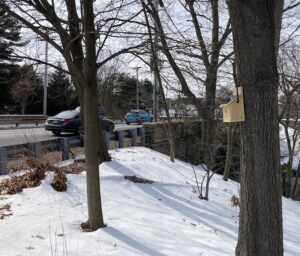
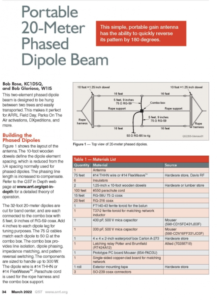 From ARRL News:
From ARRL News: Andy Stewart, KB1OIQ, writes on the PART of Westford mailing list:
Andy Stewart, KB1OIQ, writes on the PART of Westford mailing list:
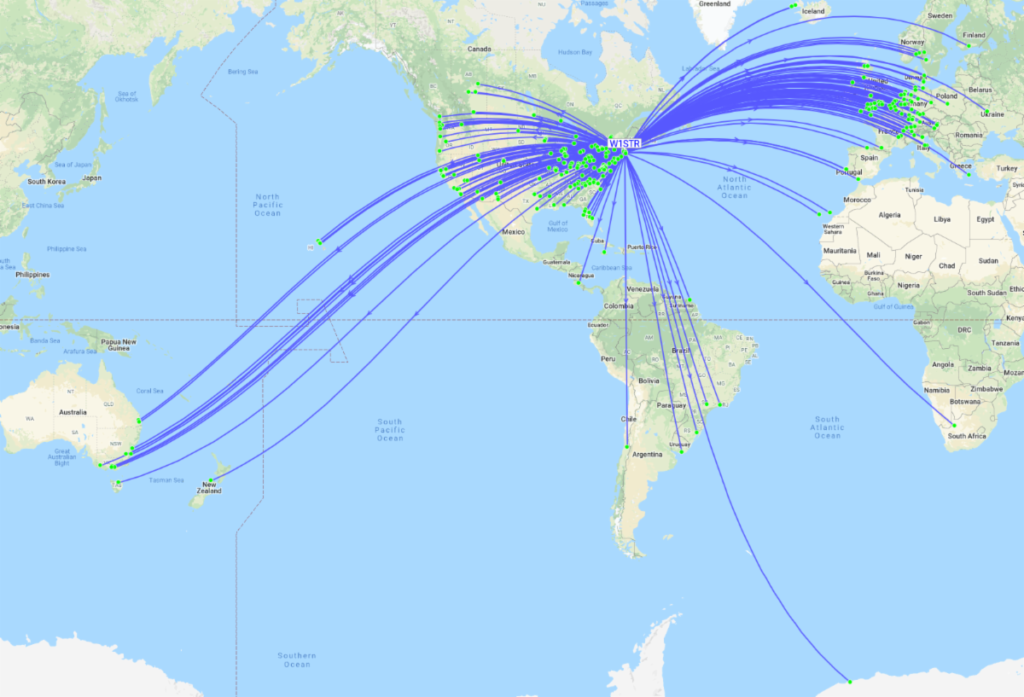
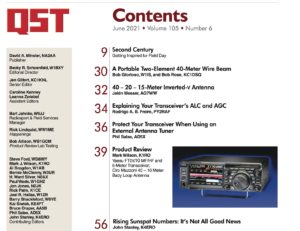
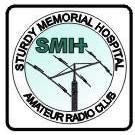 Ray Cord, K2TGX, writes on the Sturdy Memorial Hospital ARC mailing list:
Ray Cord, K2TGX, writes on the Sturdy Memorial Hospital ARC mailing list: